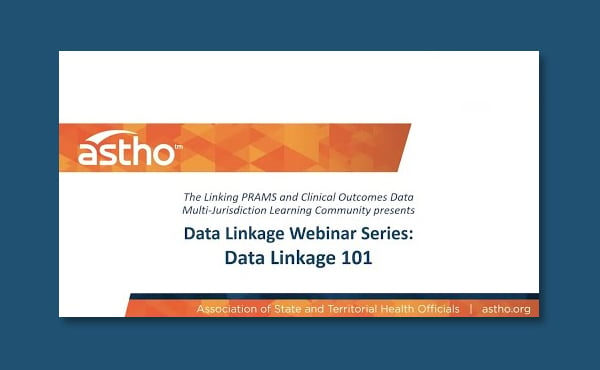Rates of mortality and morbidity from pregnancy-related complications in the United States have increased steadily over the past three decades, resulting in a rate almost double that of other economically developed nations. Deaths and “near-miss” incidents reflect failed opportunities within health care and public health systems to address problems such as access to care, overlooked diagnoses, and other warning signs leading to complications or death.
Significant disparities exist by race and ethnicity. Black and American Indian/Alaskan Native women are three to four times more likely to die from pregnancy-related complications than White women. In Black women, traditional protective factors such as education and income are shown to make little difference in risk of death related to pregnancy and birth.
Related topics:
Project Spotlight
 Pregnancy Risk Assessment Monitoring System (PRAMS)
Pregnancy Risk Assessment Monitoring System (PRAMS)
Since 1987, PRAMS has collected data on maternal attitudes and experiences before, during, and shortly after pregnancy. The findings helps researchers investigate emerging issues and identify ways to reduce health problems for birthing people and their babies.
Latest Maternal Mortality Resources


Addressing Hypertension During Pregnancy Improves Maternal and Infant Health
Learn More


Multi-State Network of Linked PRAMS and Clinical Outcomes Data for Patient-Centered Outcomes Research
Learn More
SUD Policy and Access to Care: Implications for Pregnant and Postpartum Persons
Learn More
Reducing Maternal Mortality, a Healthy People 2030 Leading Health Indicator
Learn More